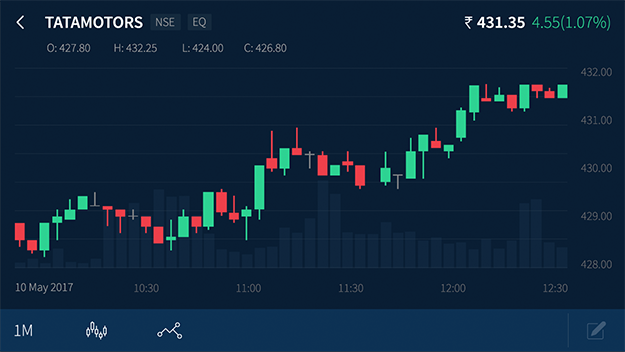
A Workers’ Compensation Insurance policy consists of various components and terms that outline the coverage, obligations, and limitations associated with the policy. Understanding these components is essential for both employers and employees to ensure proper coverage and compliance with the law. In this chapter, we explore the key components of a Workers’ Compensation Insurance policy.
Premiums
Premium Calculation: Premiums are the payments made by employers to the insurance company to maintain Workers Compensation. They are typically calculated based on factors such as the type of business, the number of employees, the industry’s risk level, and the company’s payroll.
Experience Modification Factor: This factor reflects a company’s claims history and safety record. A higher number of claims can lead to an increased experience modification factor, which, in turn, may result in higher premiums.
Audits: Insurance providers may conduct audits to verify payroll and employee classifications to ensure accurate premium calculations. Employers should maintain accurate records to facilitate this process.
Policy Limits
Coverage Limits: Workers’ Compensation policies often have limits on the amount of benefits an injured employee can receive. These limits may vary depending on the state and the type of coverage provided.
Aggregate Limits: Policies may also include aggregate limits, which cap the total benefits paid out to all employees over the policy period.
Deductibles
Deductible Options: Some policies allow employers to choose a deductible amount, which is the portion of each claim that the employer is responsible for covering before the insurance company pays. Higher deductibles can lead to lower premium costs.
Coverage Exclusions
Excluded Workers: Some workers may not be covered under a Workers’ Compensation policy, depending on state laws and policy provisions. This may include independent contractors, certain agricultural workers, and executive officers of corporations.
Excluded Injuries: Workers’ Compensation typically covers injuries or illnesses that occur in the course of employment. Injuries resulting from willful misconduct, drug or alcohol use, or non-work-related activities may be excluded.
Excluded Activities: Some policies may exclude coverage for specific activities not directly related to the job, such as voluntary participation in recreational events.
Excluded Diseases: In some cases, policies may exclude specific diseases, such as those related to pre-existing conditions or those that are not work-related.
WC Policy is a critical aspect of the employer-employee relationship, designed to ensure the well-being of workers while safeguarding the interests of businesses. Whether you’re an employer seeking to protect your workforce or an employee looking to understand your rights and benefits, this guide equips you with the knowledge to navigate Workers’ Compensation successfully.
Understanding these components is crucial for employers to ensure they have adequate coverage and comply with Workers’ Compensation laws. For employees, knowing the policy limits and coverage exclusions can help manage expectations when filing a claim. Employers should work closely with their insurance providers or brokers to tailor coverage to their specific needs and comply with state regulations.





